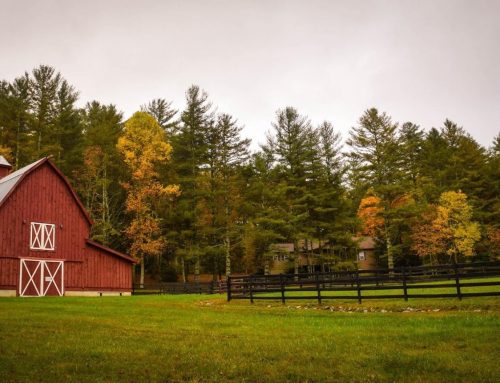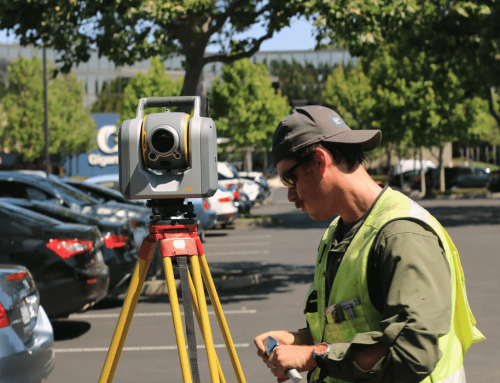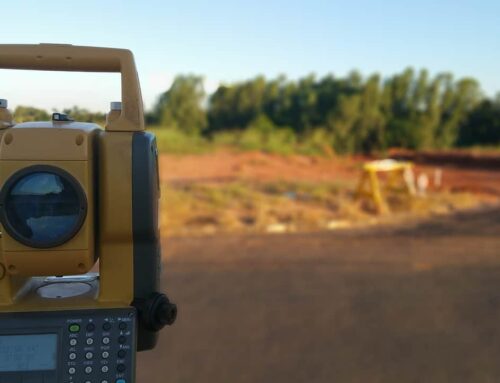Navigating California’s zoning codes is akin to setting out on a complex journey through a tapestry of diverse landscapes—from the bustling streets of Los Angeles to the serene vistas of the Napa Valley. These regulations are a crucial puzzle piece in the Golden State’s planning and development sector, delineating the permissible uses for every parcel of land within its borders. As stewards of sustainable growth and community design, these codes not only preserve the state’s unique character but also facilitate the efficient use of resources and land.
For developers, investors, and property owners, a clear understanding of California’s zoning laws is indispensable. Each jurisdiction within the state—from the smallest town to the largest city—has its unique set of rules, reflecting local priorities and planning goals. Such knowledge is essential not just for compliance, but also for unlocking the potential of a property. Keep reading to explore the nuances of California zoning codes, gaining insights into how they can influence your real estate projects and investments.
Residential Zoning: The Foundation of Community Development
California’s residential zoning codes are pivotal in defining the character and growth of communities. They serve as the blueprint for residential development, ensuring that the needs and preferences of the populace are met. Here’s a closer look at these codes and their implications:
- R1: This code is designated for one-family dwellings, ensuring low-density and typically quieter neighborhoods.
- RW1 and RW2: These unique codes apply to one-family and two-family residential waterway zones, respectively, highlighting California’s consideration for homes in proximity to natural water bodies.
- R2 and RD2 to RD6: These zones allow for two-family dwellings or multiple dwellings on a single parcel, with “RD” codes indicating varying degrees of density restrictions.
- R3 to R5: As the codes progress, they allow for an increase in density and diversity of dwelling types, including:
- R3: Multiple dwelling units like apartments or condos, similar to R2 but with higher density.
- R4: Alongside multiple dwellings, schools, churches, and motels can be found here.
- R5: This zone expands further to include clubs, hospitals, lodges, and sanitariums.
Each code reflects the state’s nuanced approach to residential living, with every increment allowing for a greater complexity in building design and community composition. These zoning distinctions have a tangible impact on developers’ planning strategies, influencing everything from the selection of a site to the architectural designs that will be permitted. Understanding these categories is essential for any developer or investor to maximize the potential of their property while adhering to community standards and regulations.
Related Link: What Is the Purpose of Zoning?
Commercial Zoning: Catering to Business and Consumer Needs
California’s commercial zoning codes are instrumental in shaping the business landscapes of cities and towns. These zones dictate the type of commercial activities that can take place in certain areas, influencing both the local economy and the community’s access to services.
- CR (Limited Commercial): Suited for small-scale businesses, including clubs, motels, and office spaces, fostering a limited yet essential commercial presence.
- C1 (Local Business): This zone is tailored for local retail stores, offices, and businesses that serve the immediate neighborhood, as well as hotels and small clinics.
- C2 (General Commercial): A versatile zone that accommodates a broad range of retail businesses, service stations, garages, and some manufacturing—ideal for a business hub.
- C4 (Specialized Commercial): Expands on C2 offerings with provisions for amusement enterprises and second-hand businesses, adding unique services to the mix.
- C5 (Commercial with Light Manufacturing): Similar to C2 but with a twist, allowing light manufacturing within a retail space, blending production and consumer fronts.
- CM (Commercial Manufacturing): Designed for wholesale businesses and storage, this zone bridges commercial retail with industrial activities, excluding more sensitive uses like hospitals and schools.
Business owners must align their visions with the zoning specifications to ensure they are setting up in the correct zone. For the community, these designations ensure that various commercial needs are met, from everyday shopping to specialized services, while also considering traffic flow, economic development, and urban aesthetics. Understanding and navigating these zones is crucial for any business venture in California, as they play a significant role in the success and integration of commercial operations within the urban tapestry.
Unlock the secrets of California’s zoning codes with Millman Land as your expert ally. Equip your real estate endeavor with our thorough understanding and compliance assurance. Contact us to fortify your investment’s future.
Manufacturing Zoning: The Backbone of Industrial Growth
The manufacturing zones of California, labeled MR1 to M3, accommodate the state’s industrial backbone, ranging from light manufacturing to heavy industrial uses. These zones are strategically placed to foster economic development while also managing environmental impacts. For instance, MR1 zones offer a mix of light industrial and commercial uses, suitable for areas that blend into urban settings, whereas M3 zones are designated for heavier industries, often located further away from residential areas to mitigate nuisance concerns. These zoning codes ensure that industries operate within a framework that balances economic interests with the community’s health and well-being.
Related Link: What To Look For When Buying Land For Commercial Use
Agricultural Zoning: Preserving California’s Green Spaces
Agricultural zoning, denoted as A1, A2, and RA, is a testament to California’s commitment to preserving its agricultural heritage and promoting sustainable land use. These zones allow for various agricultural activities, from one-family dwellings amidst agricultural operations in A1 zones to more extensive farming practices in A2 zones. The RA, or Rural Agricultural, zones often cater to those looking for a suburban lifestyle with limited agricultural use. These zoning distinctions are essential in a state where urban development continually encroaches on rural and agricultural land. For anyone invested in agriculture or seeking a rural lifestyle, understanding these zones is crucial for finding the right location that is both legally compliant and conducive to their way of life.
Navigating California Zoning With Millman National Land Services
Embarking on a real estate venture or development project in California’s complex zoning landscape requires not just understanding the intricate codes but also ensuring compliance with them. This is where Millman National Land Services comes into play. Their nationwide reach and expertise in land surveying and zoning services make them an invaluable ally. They stand out with their commitment to precision, operating under ALTA standards and local guidelines, and their capability to handle multi-state and high-volume transactions with unmatched efficiency. Their array of services includes everything from ALTA Land Surveys to Zoning Compliance Reports, tailored to meet the needs of commercial real estate stakeholders and individuals alike. By offering dedicated Project Coordinators and in-house service from an experienced team, Millman ensures a seamless process, whether you’re rolling out telecommunications infrastructure or seeking environmental site assessments. To navigate the zoning requirements of your next project in California with confidence, reach out to Millman National Land Services, where professional assistance is just an inquiry away.
Charting your path through California’s zoning landscape? Allow Millman National Land Services to lead you to clarity and success. Partner with us for detailed insights and strategic surveying tailored to your real estate ambitions.
Unlocking the Potential of Your Property with California Zoning Knowledge
The intricate web of zoning codes in California is more than a series of regulatory measures—it’s the foundation upon which the state’s diverse and dynamic communities are built. From the tranquility of residential zones to the hustle of commercial districts and the productivity of manufacturing areas, zoning codes shape the possibilities of every parcel of land. They determine the potential of a property, influence the sustainability of developments, and preserve the essence of the community. Whether you are a developer looking to embark on a new project, a business owner planning to expand, or a resident keen on understanding the future of your neighborhood, knowledge of these zoning codes is powerful. It’s the key to making informed decisions, staying ahead of development trends, and realizing the vision you have for your property in the context of California’s vast and varied landscape.
Related Link: How To Easily Get A Property Line Survey









